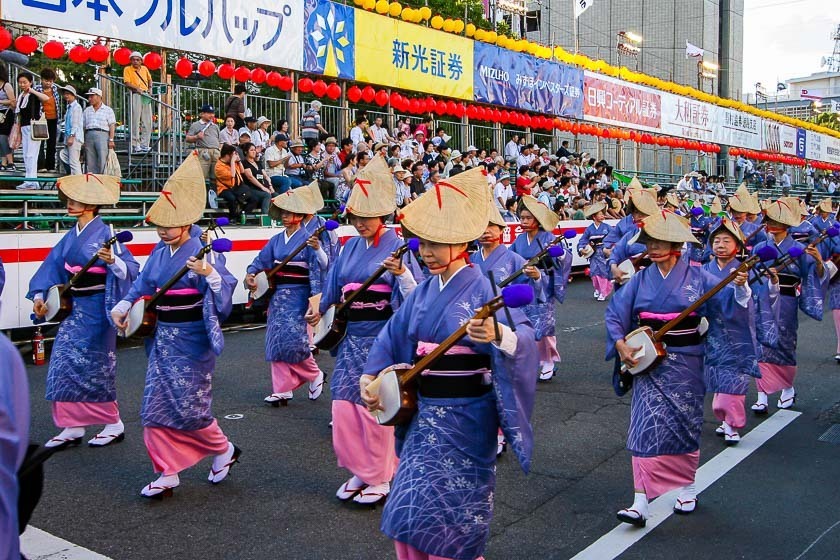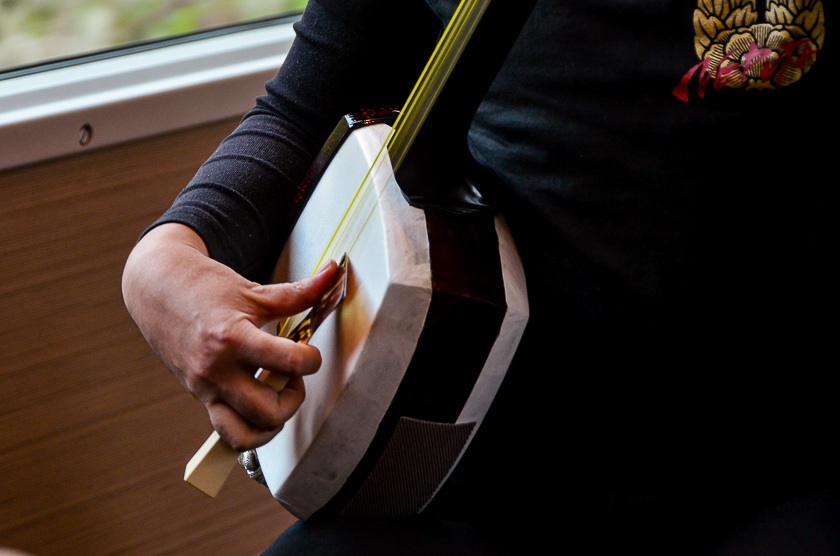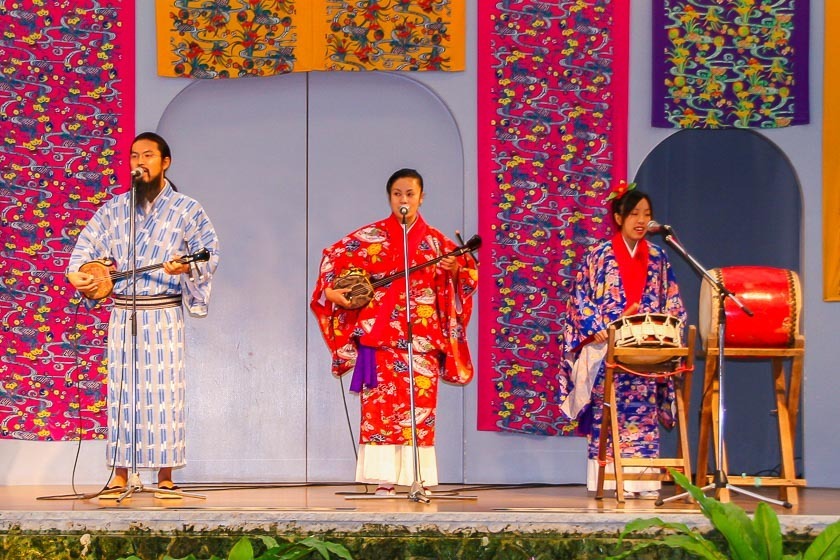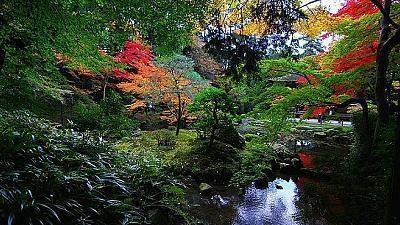Traditional musical instruments: Shamisen

Having previously covered Japanese taiko drums, we continue our 3-part series on traditional musical instruments with shamisen, a three-stringed instrument.
The shamisen is made out of wood, has a small hollow square body and a long neck, and is close in size to a mini banjo. A skin covers the body on the front and back. Sounds are typically produced by using fingers to pluck at the strings or using a pick, known as a bachi.
Shamisen music is a typical component in kabuki and geisha performances, and these places are perhaps the most common places to listen to it. A performance is usually made up of a shamisen musician who plays and sings, though sometimes the playing and singing roles are separated. At festivals, the melody is typically played by the shamisen and flutes.
In the north, the Tsugaru-jamisen is a different type of shamisen - slightly larger compared to the regular one - which originates from the Tsugaru Region of Aomori Prefecture. The Tsugaru-jamisen playing style tends to be faster and more powerful, and most characteristically, Tsugaru-jamisen players forcefully strike their bachi against the instrument's body. The forceful "drumming" strikes have led some to consider the Tsugaru-jamisen a percussion instrument.
The Tsugaru-jamisen style has a bigger presence in the modern music scene. Famous contemporary shamisen musicians that incorporate the Tsugaru-jamisen style include Agatsuma who fuses it with a variety of musical styles, and the Yoshida Brothers who combine it with pop music.
Okinawa in the south on the other hand, has the sanshin, which is said to be a precursor to the shamisen on the mainland. A large number of Okinawan folk songs are typically sung with sanshin accompaniment. The melody of these folk songs tend to have a slower beat, and the lyrics talk about island. The Japanese pop group Begin is one of the most famous Okinawan bands that integrate the sanshin in their music.







